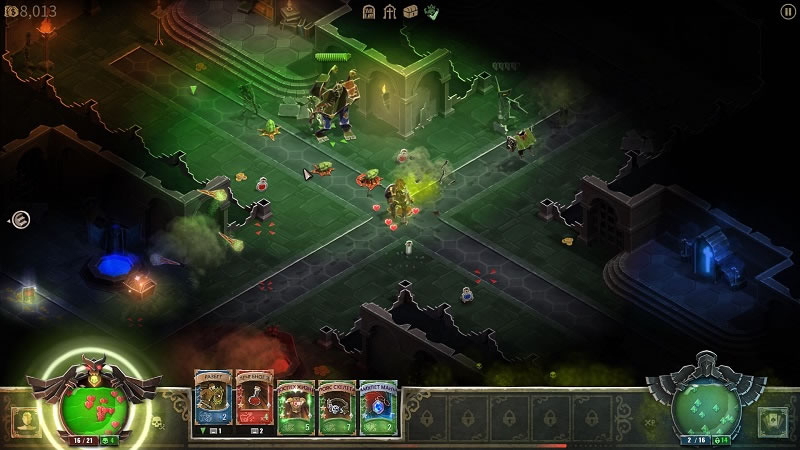Nvidia continues to develop a new neural network-based texture compression technology called Neural Texture Compression (NTC) that can significantly reduce video memory (VRAM) consumption in games and other graphics applications. Although the technology is still in beta, tests have shown impressive results, according to TechSpot.

Image source: Steam
The Compusemble YouTube channel tested a beta version of the technology. The NTC demo included three rendering modes: Reference Material (no compression), NTC Transcoded to BCn (compression on load), and Inference on Sample (decompression on demand). The tests showed that NTC can significantly reduce VRAM and disk usage, but it can impact frame rates.
Testing was conducted on an Nvidia GeForce RTX 4090 with DLSS and TAA enabled. At 1440p with DLSS, NTC Transcoded to BCn reduced texture memory usage by 64% (from 272 MB to 98 MB), while NTC Inference on Sample reduced it to 11.37 MB, which is 95.8% compared to the uncompressed version. However, using DLSS and higher resolutions put additional load on the GeForce RTX 4090’s tensor cores, which impacted performance to some extent.
Nvidia is actively promoting artificial intelligence (AI)-based rendering technologies, including NTC and other RTX solutions, as this area is important for improving VRAM efficiency and creating more realistic graphics, and is especially relevant for modern games with high levels of detail.
Nvidia also notes the importance of using vector operations in modern Render Pipelines. As Microsoft explains, these vectors speed up AI tasks by optimizing vector operations, which not only improves the training and tuning of AI models, but also helps improve rendering efficiency in games.